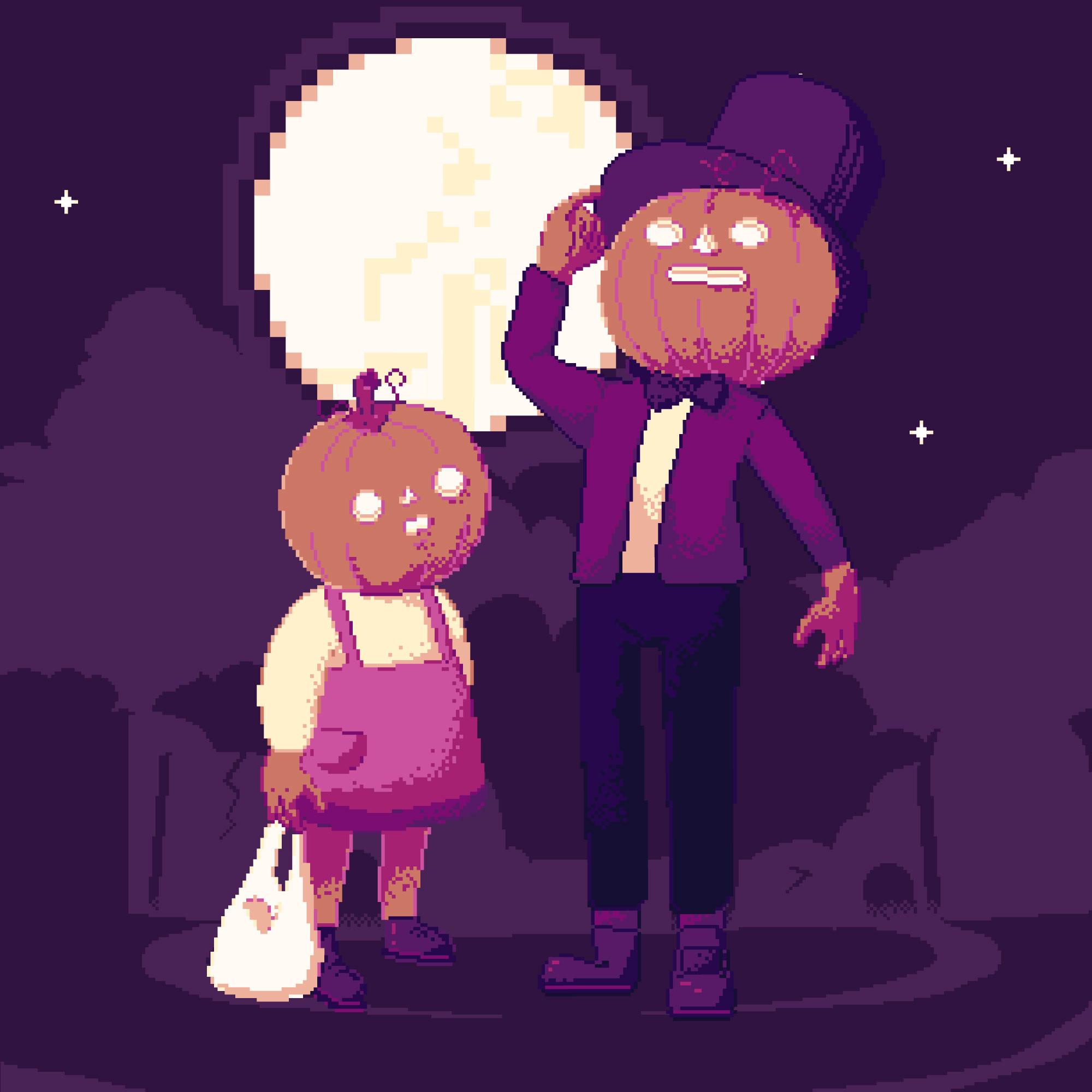
As the calendar creeps toward October’s end and winter looms just beyond the horizon in Northern Michigan, I’m watching a trend that happens every year with increasing frustration: people are putting up Christmas decorations before Halloween has even arrived.
I get it. The holidays are exciting. There’s something magical about Christmas that makes people want to extend the season as far as possible. But here’s the thing—we’re rushing through the best seasonal transition of the year, and it’s worth pausing to appreciate what makes fall special.
The Michigan Fall We Deserve
Northern Michigan’s fall is something special. The colors are breathtaking, the weather is perfect for outdoor activities, and Halloween is genuinely fun. Yet every year, I see Christmas lights going up in September, Christmas trees appearing before the leaves have even turned orange, and stores completely abandoning fall decorations before the actual season has passed.
Halloween isn’t just a holiday for kids—it’s a cultural moment, a transition point between summer’s warmth and winter’s cold. It’s the last hurrah before we hunker down for months of snow and ice.
The Problem with Holiday Creep
There’s a genuine psychological toll to this early Christmas push:
Loss of Seasonal Appreciation: Each season has its own charm. When we skip over Halloween and fall entirely, we miss out on that unique energy. Fall in Michigan is fleeting—usually just a few weeks of perfect weather before the snow starts. Why rush it?
Marketing Fatigue: Retailers push Christmas starting in August now. By the time actual Christmas arrives in December, many of us are exhausted by it. Early Christmas decorations contribute to this burnout.
Cultural Homogenization: Every holiday blends together when they all happen simultaneously. Halloween loses its identity. Thanksgiving becomes barely a blip. Even Christmas feels less special when it’s been happening for three months.
Environmental Waste: Decorations, energy consumption, and general consumption increases when we extend every holiday. More resources used, more landfill waste created.
Let’s Bring Back Seasonal Boundaries
Here’s my proposal: Respect the seasons. Leave Halloween decorations up through the end of October. Don’t even think about Christmas until November 1st. Let Thanksgiving actually exist as its own season instead of a tiny speed bump between Halloween and Christmas.
In Michigan, we have an advantage—our seasons are dramatic. Winter will absolutely arrive whether you’re ready or not. The snow will come. The cold will bite. But for just a few more weeks, we can appreciate the fall:
- The crisp morning air
- Pumpkins and apple cider
- Halloween parties and costumes
- The final burst of comfortable weather before months of winter
Making Room for Everything
You don’t have to choose between seasons. You can genuinely enjoy Halloween, be excited about Thanksgiving, and anticipate Christmas—but give each one its moment.
Here’s a practical timeline that actually makes sense:
- October: Full Halloween mode. Let the spooky season shine.
- November 1st: Transition to fall gratitude and Thanksgiving prep.
- November 15th: Start thinking about Christmas. Decorations can begin.
- December 1st: Full Christmas mode. Enjoy it to the max.
A Note for the Religiously Minded: The Real History of Halloween
I know some people view Halloween with skepticism or concern from a religious perspective. The concern usually stems from misconceptions about the holiday’s origins. Let me clarify the actual history:
“Halloween actually has Christian roots, not demonic ones.” The holiday evolved from Samhain, a Celtic festival marking the end of summer. When Christianity spread throughout Europe, the Church didn’t eliminate pagan holidays—it absorbed them. November 1st became All Saints’ Day (a Christian holiday honoring saints), and October 31st became “All Hallows’ Eve,” or Halloween. The Church deliberately chose to Christianize these dates rather than fight the cultural tradition. So Halloween literally means the evening before All Saints’ Day—a distinctly Christian observance.
The costumes? They come from medieval Christian traditions where people would dress as saints or in disguises to ward off evil spirits—very much a spiritual practice. The bonfires? Churches lit them. The seasonal acknowledgment of death? A legitimate Christian meditation on mortality and the afterlife.
Modern Halloween—pumpkins, candy, costumes, trick-or-treating—evolved from these traditions over centuries. It’s not about summoning evil; it’s about honoring a cultural transition point that Christianity itself helped shape.
You can absolutely celebrate fall, appreciate the season, and skip Halloween entirely if it doesn’t align with your personal beliefs. But if you or your family enjoy Halloween celebrations in their current form—carving pumpkins, wearing costumes, handing out candy to trick-or-treaters—there’s nothing spiritually compromising about it. The holiday itself has a genuinely Christian history that got buried under pop culture misconceptions.
The key is understanding the real story rather than accepting misconceptions about something that’s actually part of our cultural and spiritual heritage.
Winter is Coming—But Not Yet
Yes, winter is on its way to Michigan. The cold is inevitable. But that’s exactly why we shouldn’t rush it. These last few weeks of fall are precious. The weather is still manageable. The outdoor activities are still enjoyable.
So here’s my plea: Let Halloween be Halloween. Let fall be fall. In a few weeks, we’ll all be shoveling snow and shivering through months of winter. We’ll have plenty of time to enjoy the Christmas season starting in November.
But right now? Right now, it’s October in Northern Michigan, and that deserves our attention.
Embrace the season we’re in. The Christmas decorations will still be there in a month.
What’s your take? Do you go all-in on early Christmas decorations, or are you a seasonal purist like me? Drop a comment or reach out—I’d love to hear how other Northern Michigan residents approach the seasonal transition.